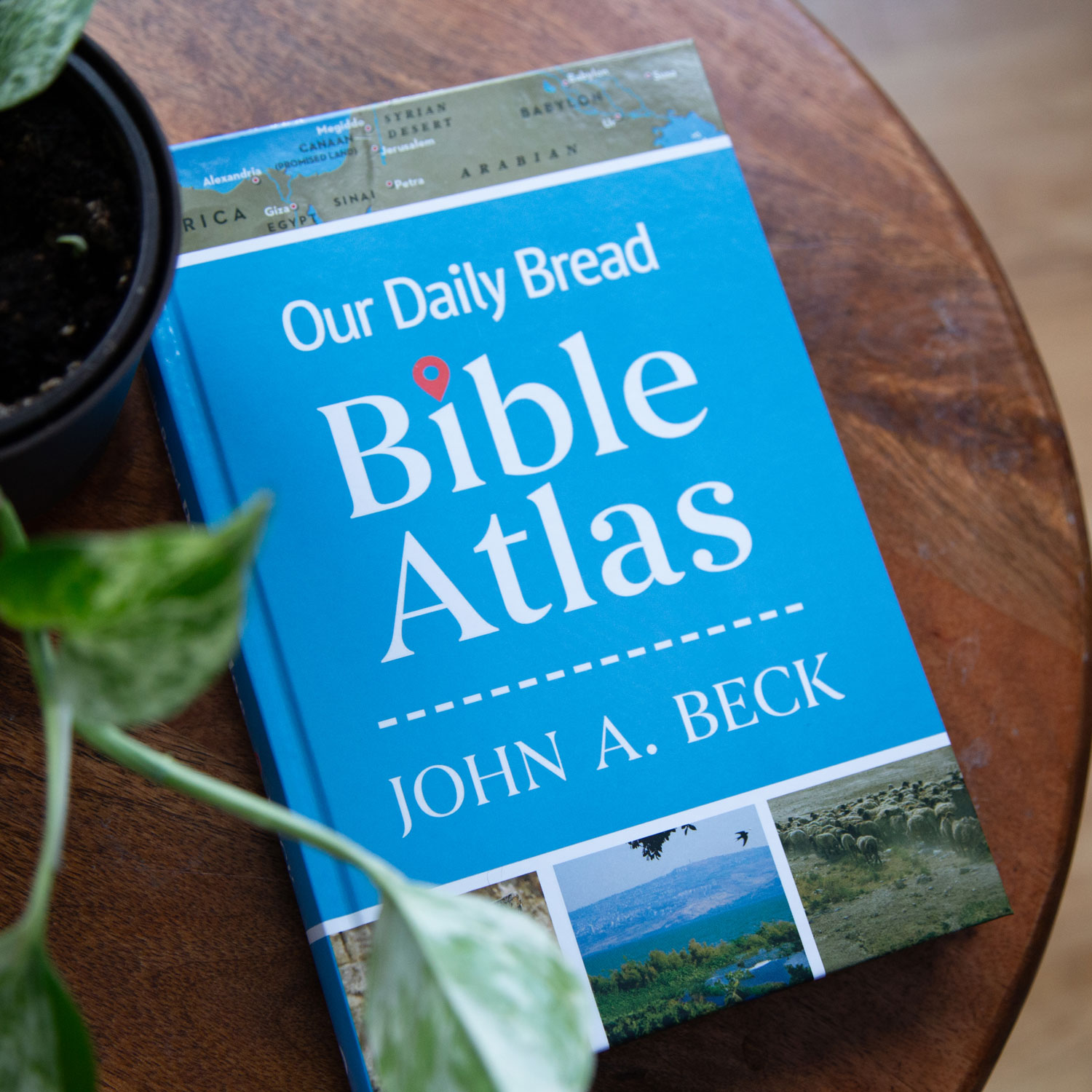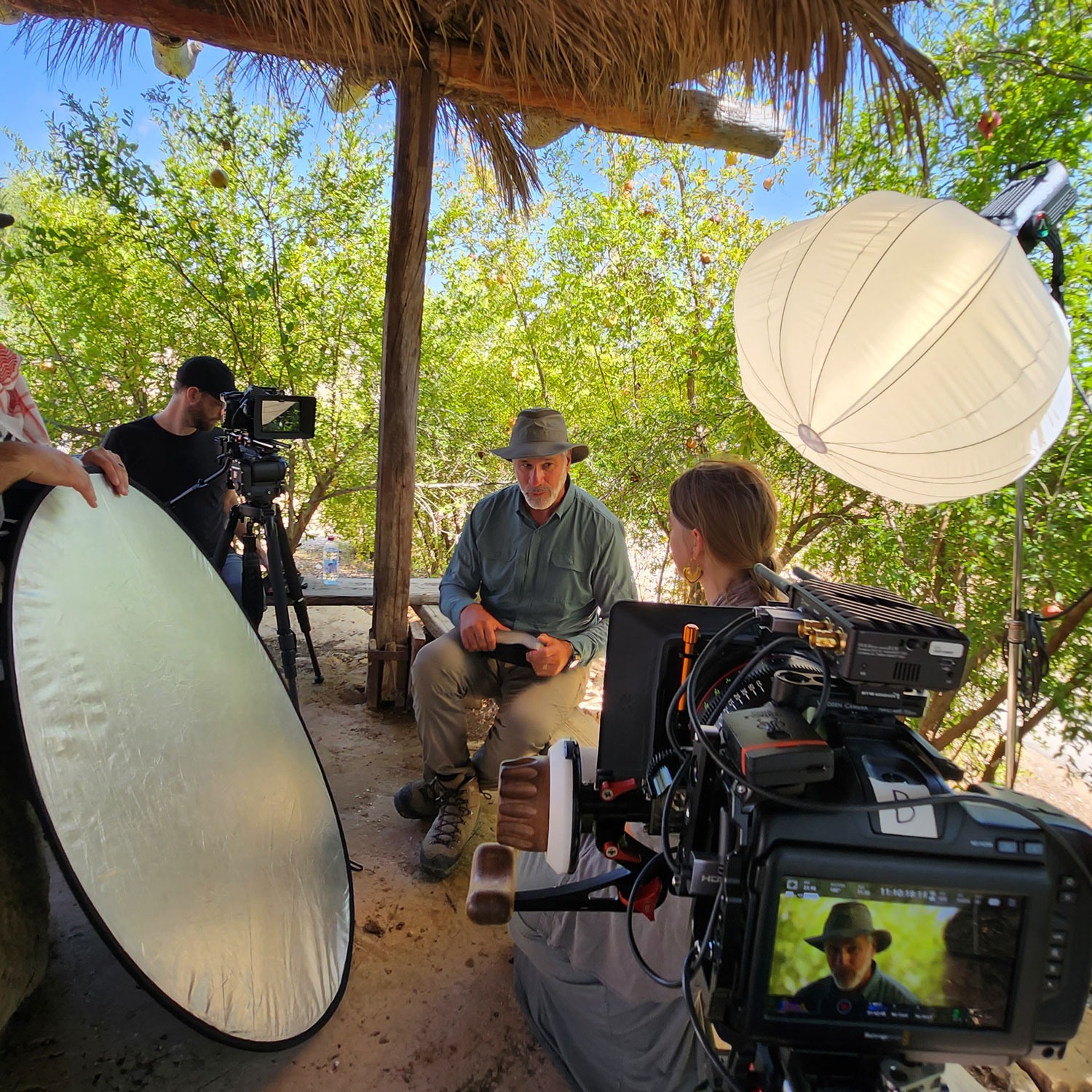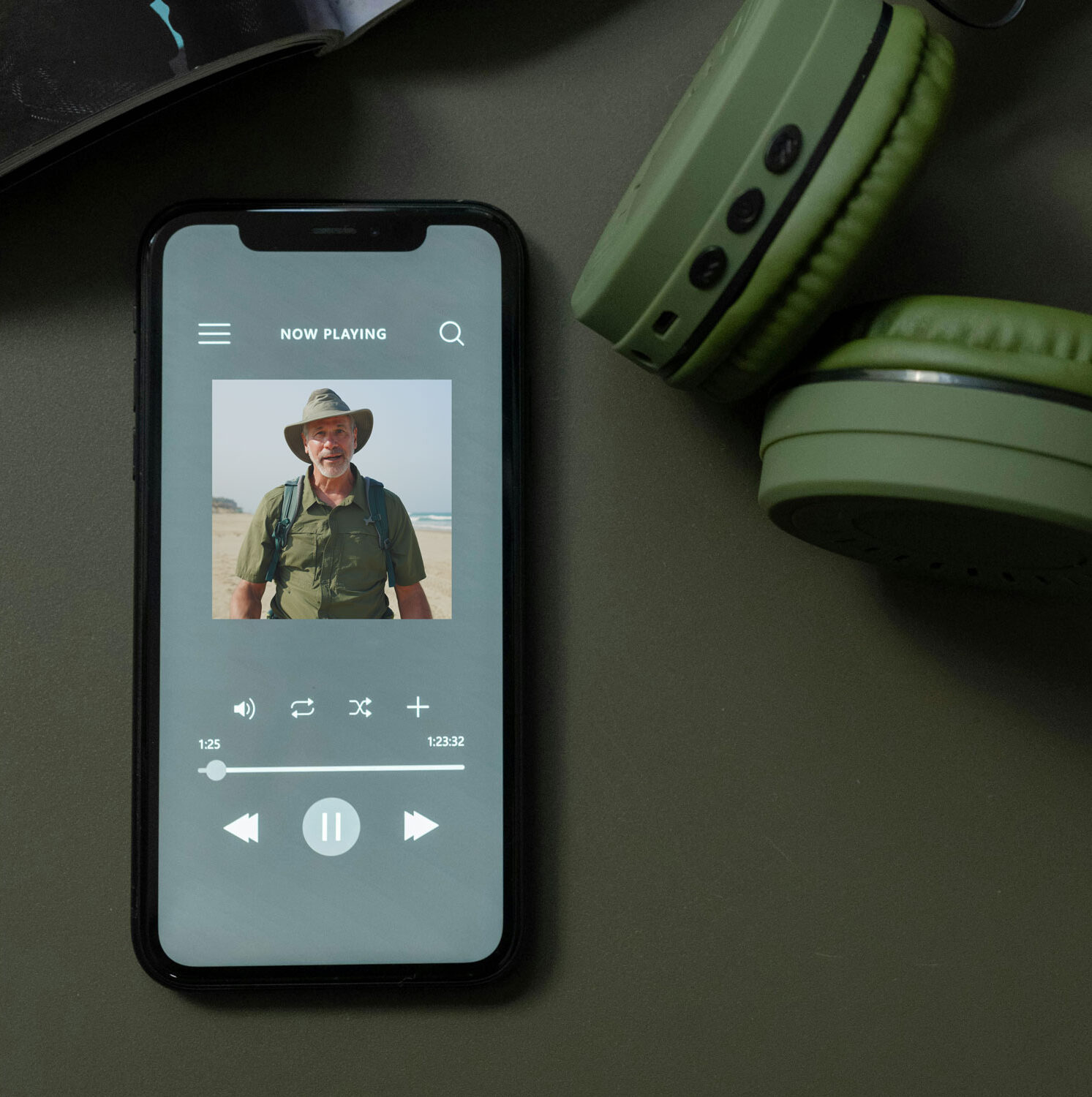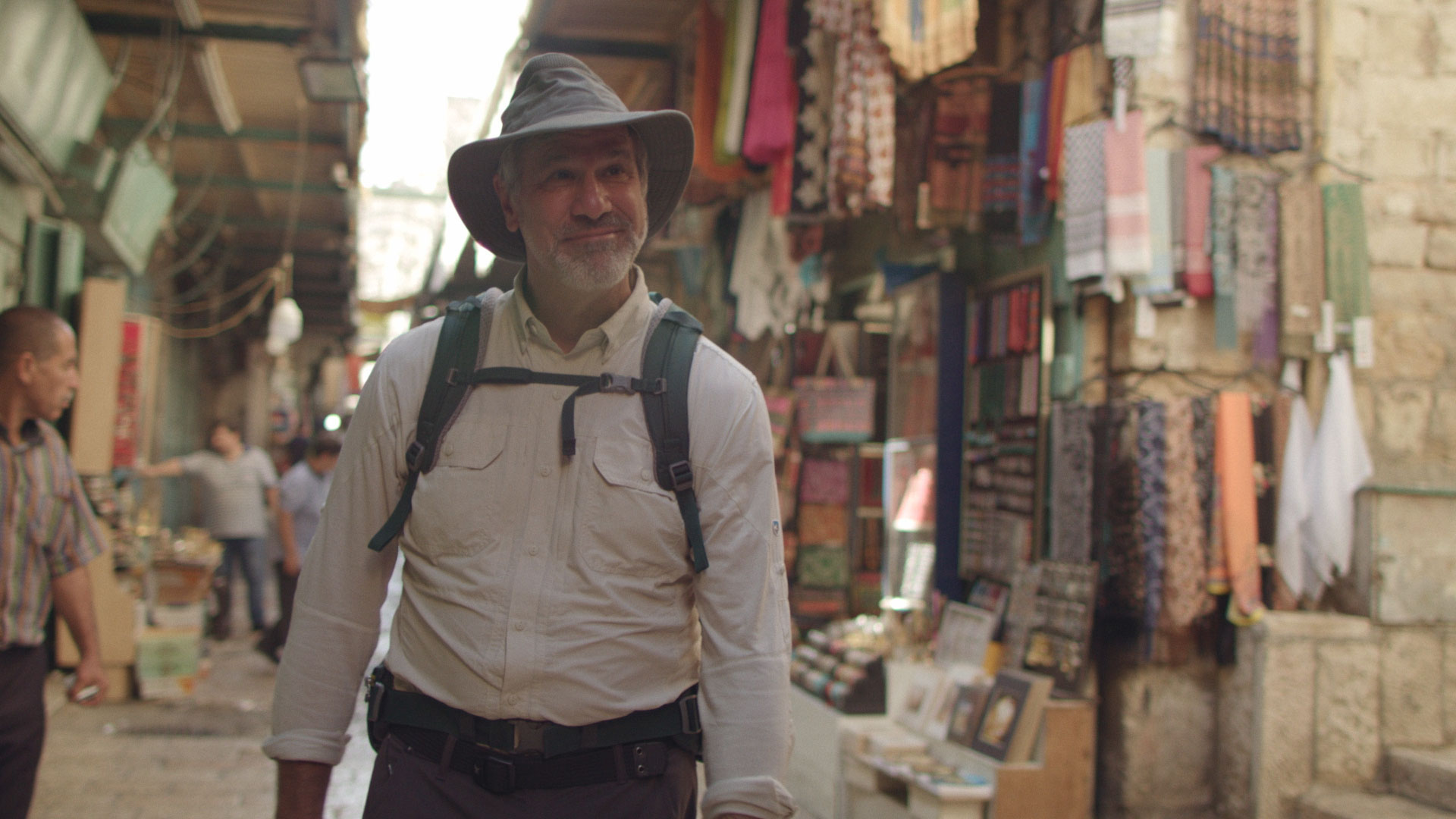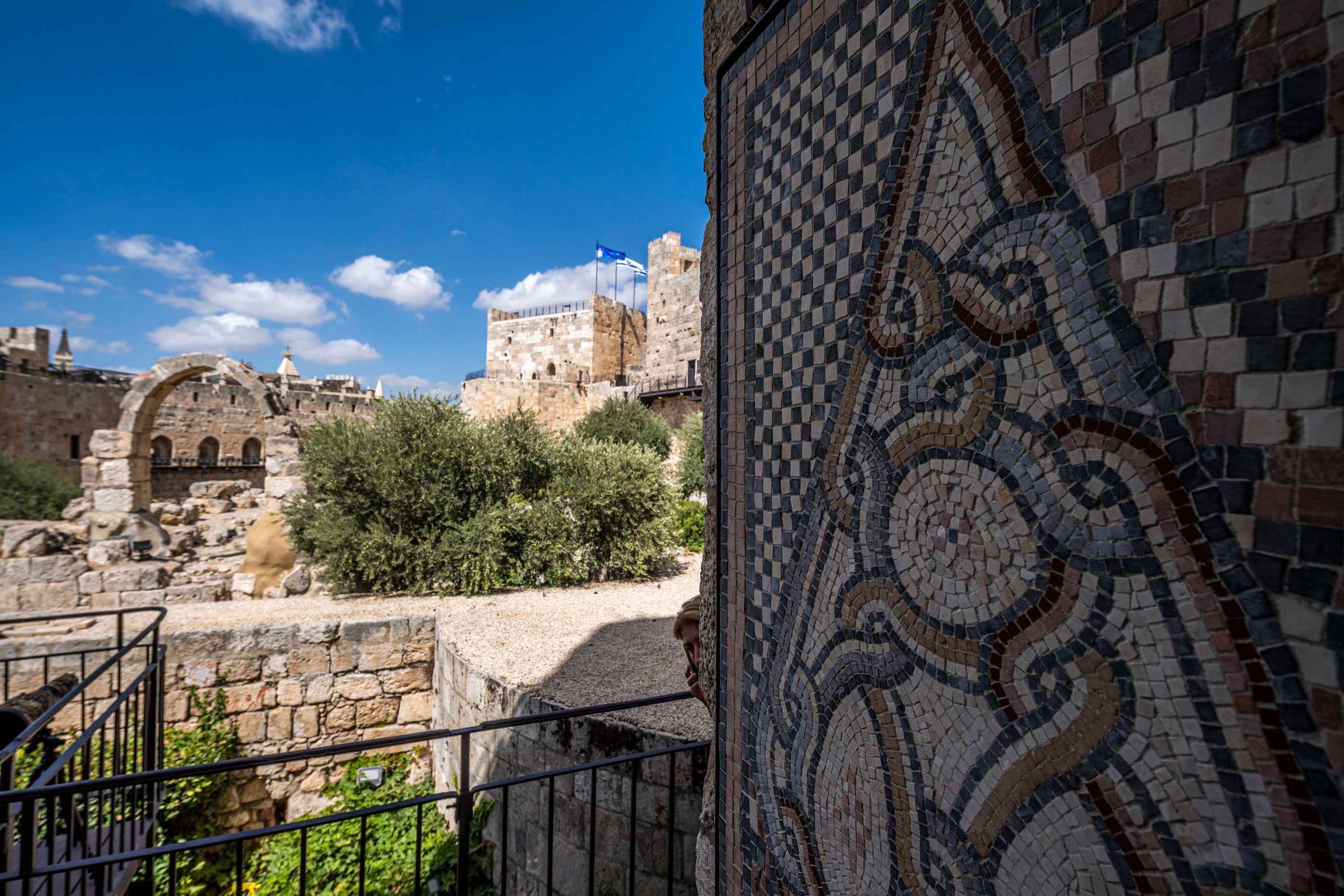
Frequently Asked
Questions
Have you always been a Bible geographer?
Not at all. Despite being a long-time Bible reader, a university professor who taught the biblical languages, and an outdoorsman who loves nature, I paid little to no attention to the Bible’s geography for decades. That changed when I was in graduate school. I took a class from my advisor entitled, “Geography of Bible Lands.” In the first minutes of the very first class session, I experienced a geographic conversion of my Bible reading. We were unpacking these words from Matthew 4:13, “leaving Nazareth he (Jesus) went and lived in Capernaum.” When we were done, I could not believe how different these two places were and all that I had been missing in that language. And with that, I was hooked. For thirty years, I have been exploring the idea of making the Bible’s geography meaningful.
Why did the Lord select Israel as the promised land?
After doing this for more than thirty years, what keeps you interested?
What is your favorite place to visit?
That’s like asking which of my children or grandchildren is my favorite! But let me offer you one place. I have always found the Garden of Gethsemane on the Mount of Olives to be one of the most moving locations in this land. That is because in this place I feel my eternity hanging by a thread as Jesus searches for an alternative to dying on the cross. His demeanor and words join to create the tension. But it is the geography that reveals the opportunity he had to escape. You see, all Jesus needed to do was walk east, over the Mount of Olives and into the Judean Wilderness to be away from it all. If he had done what was best for him, he would have escaped into the trackless wilderness. But instead, Jesus did what was best for me, turning away from the wilderness and to the cross. I feel the gravity of this decision every time I stand in that place.
Why is the study of the Bible’s geography so important?
Who we are, how we speak, and how we most naturally communicate is a product of where we are from. We are people of place and so place is intimately bonded to the human experience. Because the Bible is filled with stories of people, it is also a story filled with their places—not a geography book but a book filled with geography. And that means some of what God has to say to us he has said using geography. If I want to capture all he is saying, I need to listen and read with heightened geographical awareness.
Why do I need more than my Bible’s maps to understand the Holy Land’s geography?
What steps can I take to make the Bible’s geography meaningful?
There are three steps you can take. Notice it. Understand it. Integrate it. The first step requires that we have a solid definition of geography. Once you know what you are looking for you will have a better chance of noticing the presence of geography on the pages of the Bible. The second step is to understand what you have noticed. This could be the location of a city, the road systems that connected cities, the topography of a region, how geology within a region shaped the lives of those who lived there, or the habits and habitat of an animal. The third step is to integrate that understanding into your reading of the text. How does this dimension of geography contribute to the way in which this text is speaking to me?
Should I plan to make a trip to the Holy Land?
Ideally yes! A trip to the Holy Land changes the way people read their Bibles. No one will fully understand us unless they understand where we are from. The same is true of the stories told in the Bible. And there is no better way to get to know Bible places than to visit them. A trip to the Holy Land takes familiar stories or poetry that have lightly floated above the earth and draws them back to the surface. And when they land, they don’t just land anywhere but in the place that those stories called home. Of course, not everyone will have the opportunity. And that is one of the reasons I have worked to provide resources that make the Bible’s geography meaningful no matter which place you call home.
